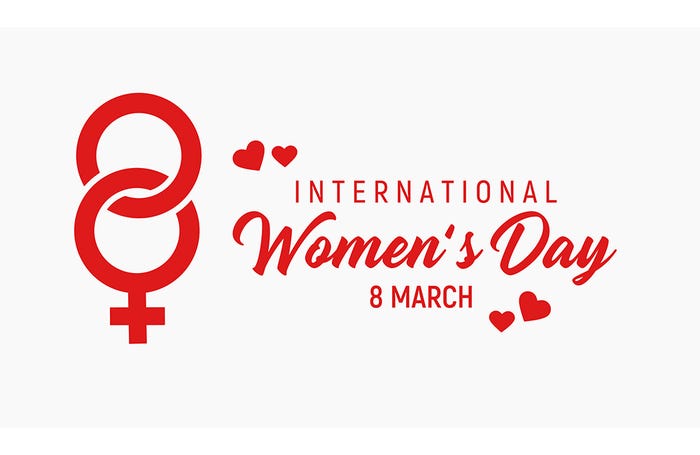International Women’s Day & Tech: Move Beyond the Conversation
It’s a day to celebrate women and the strides they’ve made, but also focus on the work yet to be done.
March 9, 2021

Happy International Women’s Day, fellow females in tech! It’s no secret that women in this industry face some pretty steep challenges in 2021. Women make up almost half of the total work force, but they only hold 25% of the roles in technology.
The tech industry is certainly one of the biggest job markets and one of the largest workforces in the world. And yet, women are still largely underrepresented. According to a recent report by Entelo, women represent only 19% of the worldwide tech workforce in entry- and mid-level roles. At the senior level, women hold 16% of positions and only 10% of positions at the executive level.
So, how can we bring women into tech organizations? Better yet, how do help them stay and grow in order to achieve leadership roles? How do we ensure equality in tech organizations?
Gender Representation
Sarah Rich, vice president of operations and customer success at Supplyframe, was the first employee the company hired and shared her insights on the changes in the industry with regards to gender representation.

Supplyframe’s Sarah Rich
“My entire career has centered around helping make my customers successful and driving business process improvements,” shares Rich. “My responsibilities always start with building long-lasting partnerships while effectively challenging the status quo to motivate change. Much of what I do day-to-day is powered by my experience as a woman in a male-dominated field.”
Rich goes on to say that breaking molds and effecting progress has been an inherent goal for her and all women in this evolving field. For companies to survive the thrust of true digital transformation, it’s imperative to have a well-rounded vision that is inclusive of all aspects of the future, both in people and technology resources.
“I’m thrilled to see more females in leadership roles as I firmly believe that diversity in perspective will be key to creating opportunity while maintaining resiliency,” says Rich.
Moving Beyond the Conversation
Kathryn Rose, founder of wiseHer, echoes the sentiment that it is a particularly challenging time for women — in the industry and in the broader sense.

wiseHer’s Kathryn Rose
“We have to do a better job at being intentional. Not just about diversity in general, but also understanding that businesses are better off because of it,” says Rose. “We need to be better at getting women into tech, but then also keeping them there. It’s not enough to say, ‘We have a women’s employee resource groups (ERGs),” or have women on panels.’ We need to normalize paying them, for example. There’s a lot of conversation around the different facets of diversity and inclusion. But it’s not enough to just say it. We must move beyond the conversation and put it into practice. It’s not easy, but the will has to be there.”
The Path Forward
Janet Schijns, CEO of JS Group, offered her insights on International Women’s Day in terms of the work that has yet to be done.

JS Group’s Janet Schijns
“International Women’s Day always brings about an equal mix of joy and worry. These are tightly intermingled and difficult to separate,” says Schijns. “Joy because we are celebrating the great women in our industry, our community and our world. Worry because there aren’t more of us and we continue to experience issues that hold us back.
“This past year has been no exception. I have celebrated with my fellow women in the channel as we figured out how to work from home, educate children, manage remote elderly relatives and still have a vibrant career and felt the sheer joy in their achievements. But I have also lamented the loss of a positive trajectory for women in business and in the industry. More and more women are forced to make the decision to slow down their careers, or even stop working. Lately, this is primarily in response to their families’ need for care during these difficult COVID times. It’s clear that we still have a long way to go.”
Schijns adds that this year, more than ever, we need to find new ways to support women and to stand up and help wherever we can. Additionally, the industry as a whole has been moving in a more “woke” direction in recent years. But as Schijns articulates, there is still some work to do.
Inspiring Real Change
It’s time to take a stand for women in tech. In honor of International Women’s Day, we touch on various important points of research from TrustRadius and NordLocker. Click through our slideshow above to get a sense of the issues and spots of light that are crucial for raising awareness and inspiring real change.
About the Author(s)
You May Also Like


